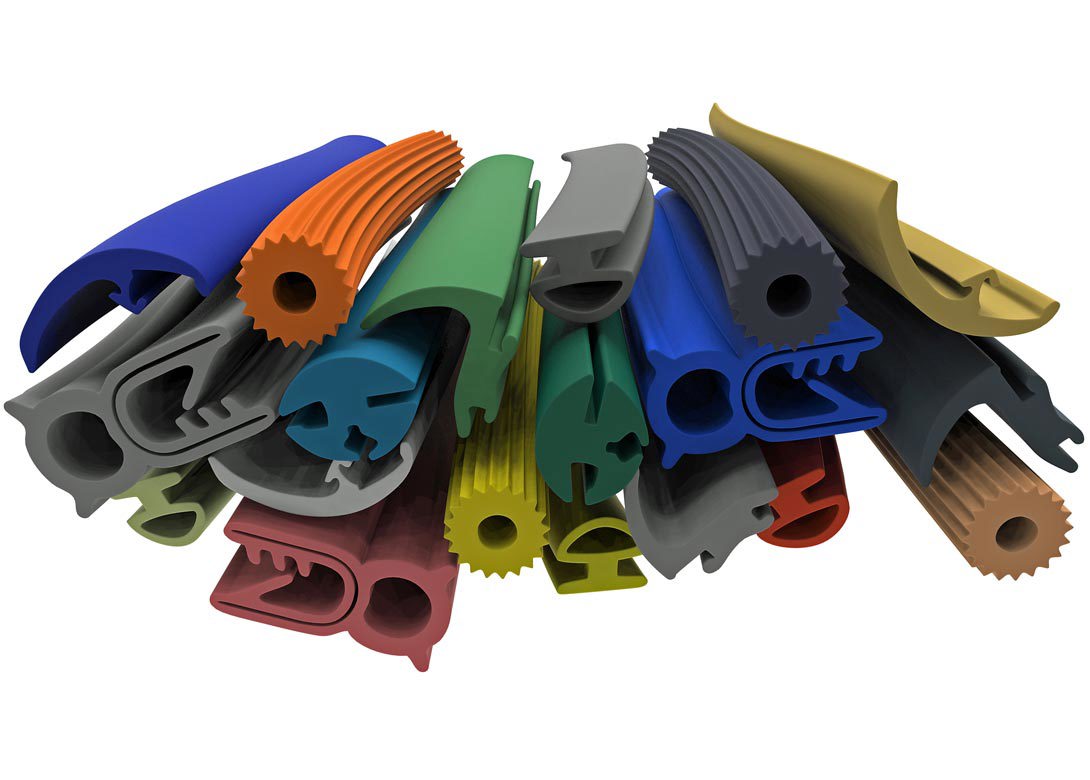
A new guide from Essentra Compenents covers similarities, pros and cons of both EPDM and silicone, and includes simple tables of performance, compatibility and common usages.
EPDM has a stable, saturated polymer backbone structure, which gives the material its advantages. Of all the rubbers, EPDM is the most water resistant, which is why it’s so popular for outdoor applications and is often used as a roofing material. EPDM stands up to harsh weather conditions such as sleet and snow. Another reason for its use outdoors, particularly in construction, is its excellent resistance to abrasions and tears and ability to stand up to the degrading effects of weathering, ozone and UV ray exposure.
EPDM also offers good electrical resistivity. Its chemical properties make it especially suitable for electrical insulation and gaskets. It resists polar solvents, and not just water, but also acids, alkalies, and phosphate esters. EDPM does a great job of withstanding steam and low and high temperatures, though silicone can take on even higher temperatures. The material has a low compression set, so it won’t lose much resilience over prolonged pressure.
Silicone on the other hand, is food safe and an incredibly versatile material, thanks to its chemistry and the many ways that it can be modified. Consequently, it offers vast possibilities. Perhaps the most appealing characteristic of silicone is its ability to take on extremely high temperatures, which is why it’s especially popular for masking applications. Manufacturers will all give different melting points based on their experience and own criteria, but generally silicone can stand up to 232°C/ 450°F. Compare that to EPDM’s 148°C/300°F.
Examples of typical applications serve to illustrate key features of the industrial environment concerned and reasons for choosing either material. These include HVAC, enclosures, automotive, masking, construction, electronics, industrial, consumer appliances and cable management.
The final section of the guide gives a brief overview of how EPDM and Silicone compares with other rubbers, which include: Natural rubber, SBR, NBR, neoprene.

Having spent a decade in the fastener industry experiencing every facet – from steel mills, fastener manufacturers, wholesalers, distributors, as well as machinery builders and plating + coating companies, Claire has developed an in-depth knowledge of all things fasteners.
Alongside visiting numerous companies, exhibitions and conferences around the world, Claire has also interviewed high profile figures – focusing on key topics impacting the sector and making sure readers stay up to date with the latest developments within the industry.
Don't have an account? Sign Up
Signing up to FastFixTechnology.com enables you to manage your account details.